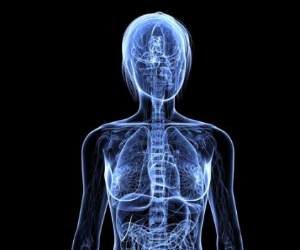Hypertensive heart disease is a bit of a misnomer, actually, as it refers to multiple conditions, but all of them are dangerous, as hypertensive heart disease is the leading cause of death from high blood pressure.
There are two primary kinds of hypertensive heart disease: coronary heart disease, a narrowing of the arteries leading to the heart, and left ventricle hypertrophy, a thickening or enlargement of muscle in the main chamber of the heart. These two diseases can occur separately, or one could cause the other, and both can lead to heart failure, arrhythmia, cardiac arrest, and other related complications.
A common symptom of hypertensive heart disease is angina, or chest pain, with other symptoms including shortness of breath, tightness or pressure in the chest, neck, back, arms, or shoulder pain, a cough, or loss of appetite. Occasionally, though, there are no visible symptoms, depending on the severity of the disease.
Keeping track of your blood pressure is the best way to prevent hypertensive heart disease. Other helpful ways to reduce risk include eating a healthy, low-sodium diet, getting plenty of exercise, maintaining a healthy weight, limiting alcohol consumption, and quitting or avoiding smoking.
Learn more at the Healthline website.




